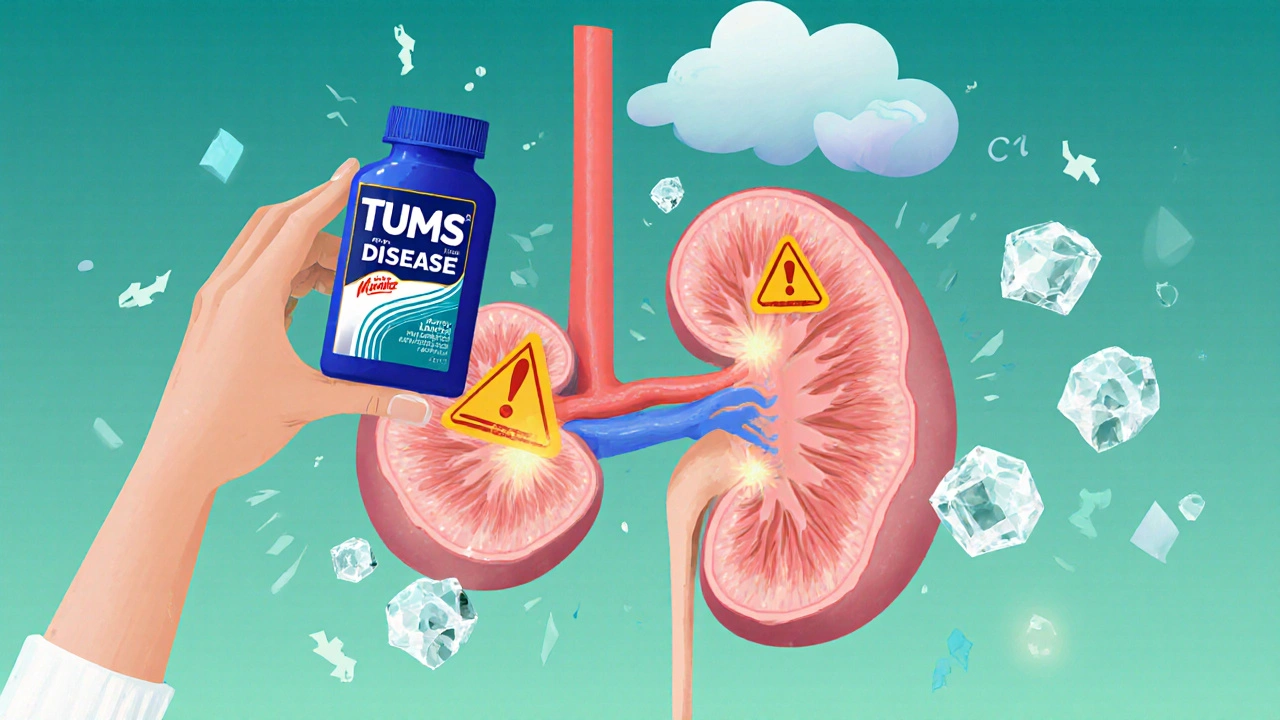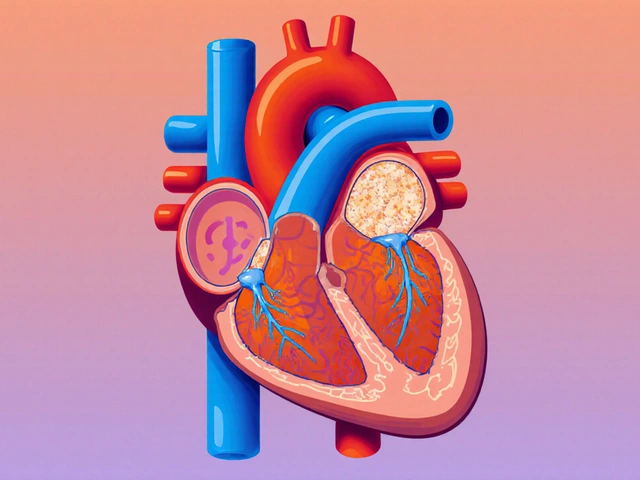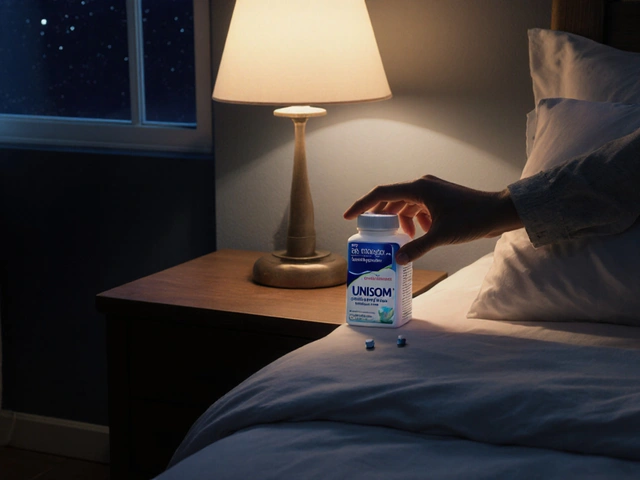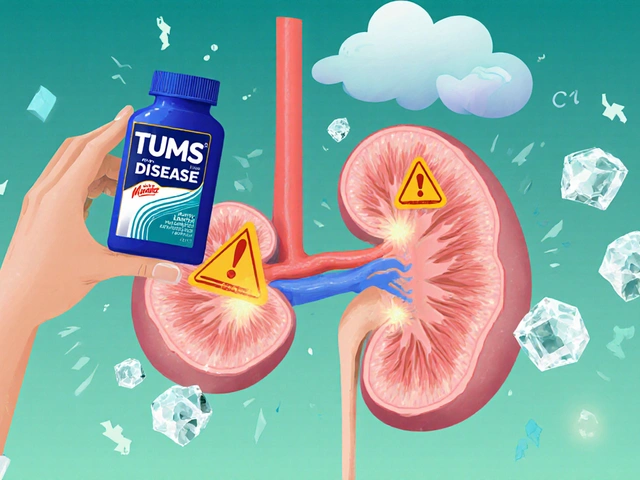Heart Valve Diseases: Understanding Stenosis, Regurgitation, and Modern Surgical Treatments
November 16 2025Aluminum Toxicity: Signs, Sources, and What You Can Do
When we talk about aluminum toxicity, a condition caused by excessive accumulation of aluminum in the body, often linked to kidney impairment or long-term exposure. Also known as aluminum poisoning, it’s not something you catch like a cold—it builds up slowly, often without warning, and can quietly affect your nervous system, bones, and blood. Most people think aluminum is harmless because it’s in pots, deodorants, and antacids. But when your kidneys can’t flush it out—especially if you have kidney disease—it sticks around. And over time, that buildup can do real damage.
Studies show that people on long-term dialysis are at highest risk. Their bodies can’t clear aluminum like healthy ones can, and over months or years, it starts collecting in bones and the brain. In some cases, this led to bone pain, fractures, and even a form of dementia called dialysis encephalopathy. Even outside dialysis patients, aluminum exposure from food additives, contaminated water, or certain medications can add up. It’s not just about big doses—it’s about constant low-level exposure over decades. And while your body handles small amounts fine, the problem is that aluminum doesn’t break down or leave easily. It lingers.
Some of the most common sources you might not notice? Antacids with aluminum hydroxide, buffered aspirin, some vaccines (as an adjuvant), and even baking powder. Cosmetics like antiperspirants get a lot of attention, but the real concern isn’t skin absorption—it’s what you swallow. If you take aluminum-containing antacids daily for heartburn, that’s a direct path into your bloodstream. And if you’re eating processed foods with aluminum-based additives (like food coloring or anti-caking agents), you’re getting more than you think. It’s not one big source—it’s a hundred tiny ones adding up.
What does aluminum toxicity look like in real life? Think unexplained muscle weakness, bone pain that doesn’t heal, memory issues that don’t fit typical aging, or anemia that won’t respond to iron supplements. It’s rare, but when it happens, it’s serious. And it’s often missed because doctors don’t routinely test for it. Blood tests can help, but aluminum levels in blood don’t always reflect what’s stored in bones or the brain. Bone biopsies and specialized urine tests are more accurate—but they’re not common unless there’s strong suspicion.
So what can you do? If you’re healthy, your body manages aluminum just fine. But if you have kidney issues, take antacids often, or rely on processed foods, it’s worth paying attention. Switching to aluminum-free antacids, reading labels on packaged foods, and choosing natural deodorants are simple steps. And if you’re on dialysis, your care team should be monitoring your aluminum levels regularly—ask if they are.
Below, you’ll find real, practical guides on medications, supplements, and health conditions that connect to aluminum exposure—whether it’s how certain drugs affect kidney function, what happens when heavy metals build up, or how to spot hidden sources in everyday products. This isn’t about fear. It’s about awareness. And knowing where aluminum hides gives you power to reduce your risk—before it becomes a problem.
 28 Oct
28 Oct
Antacids and Kidney Disease: What You Need to Know About Phosphate Binders and Risks
Antacids like Tums and Milk of Magnesia are commonly used for heartburn, but for people with kidney disease, they can cause dangerous electrolyte imbalances, aluminum toxicity, and heart damage. Learn the risks and safer alternatives.
Read More...




